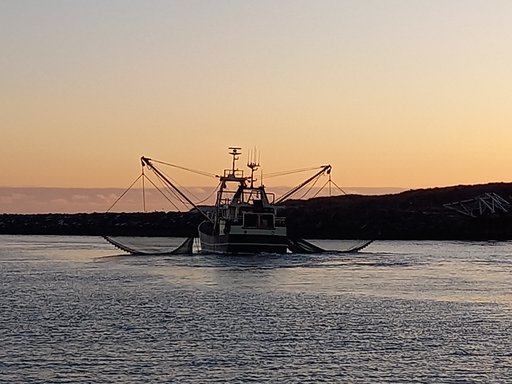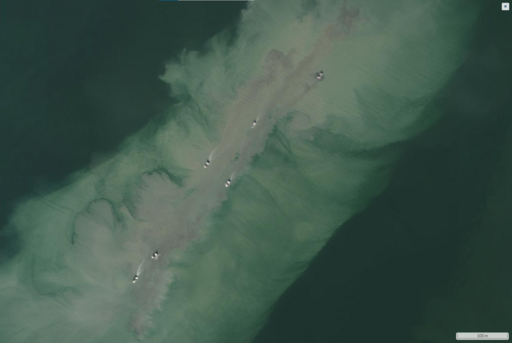When we disturb the seabed, we get more carbon dioxide and increase the risk of oxygen depletion
A new study from Aarhus University shows that disturbances of the seabed from trawling equipment and dredging can lead to a series of negative consequences for both the marine environment and the global ecosystem.
The seabed holds a large amount of carbon and nutrients. Globally, the seabed contains much more carbon than is present as carbon dioxide in the atmosphere.
Now, a brand-new study, recently published in the scientific journal 'Estuarine, Coastal and Shelf Science,' shows that repeated disturbances of the seabed release some of the stored carbon and nitrogen into the ocean.
This acts as an additional source of the greenhouse gas carbon dioxide and leads to increased oxygen consumption at the seabed.
Carbon from the seabed is converted in sediment clouds
In the seabed – or sediment, as researchers call it – large amounts of carbon are stored in organic compounds derived from plankton, plants, and animals. Much of this organic carbon has been preserved in the seabed for hundreds of years.
There are also large pools of nutrients such as nitrogen and phosphorus. These are partly bound to organic compounds and partly found as dissolved nutrient salts, which are directly available for marine plankton organisms and larger plants.
'Researchers have long assumed that physical disturbances of the seabed, such as from fishing equipment like trawling, increase the conversion of organic carbon into carbon dioxide, but theoretical models have lacked documentation in the form of measured values. We have now shown through laboratory experiments that this is indeed the case,' explains senior researcher Christian Lønborg, Institute for Ecoscience, Aarhus University, who led the study.
In the laboratory experiments, where the seabed was disturbed several times over a period of about four months, the researchers measured that the conversion of carbon and the release of nitrogen increased when the seabed was stirred into a plume, as happens during trawling.
More carbon dioxide and less oxygen
Human activities, such as trawling and dreading, stir the seabed into the water column. This accelerates the degradation of organic material, releasing both carbon dioxide and nutrients.
The additional production of the greenhouse gas carbon dioxide is an increased burden on the climate and thus affects the global environment.
When nutrients are released, they can potentially stimulate algae growth in coastal waters. As algae produce organic carbon, this provides an additional input of carbon that needs to be processed at the seabed.
The turnover of organic matter in the water consumes oxygen. And disturbances to the seabed therefore contribute to poorer oxygen conditions in the water immediately above the seabed. Disturbances of the seabed can therefore potentially contribute to the loss of oxygen that often occurs during late summer in Danish waters.
'If we are to assess the impact of trawling equipment, dredging, and extraction of raw materials from the seabed, these consequences must also be considered.' says Christian Lønborg.
Additional information
Senior Researcher Christian Lønborg, Department of Ecoscience, Aarhus University. Mail: c.lonborg@ecos.au.dk; tel.: 8715 8467
Read the scientific paper here:
www.sciencedirect.com/science/article/pii/S027277142400369X
External funding: The study is supported by Denmark's Free Research Foundation (1127-00033B).


